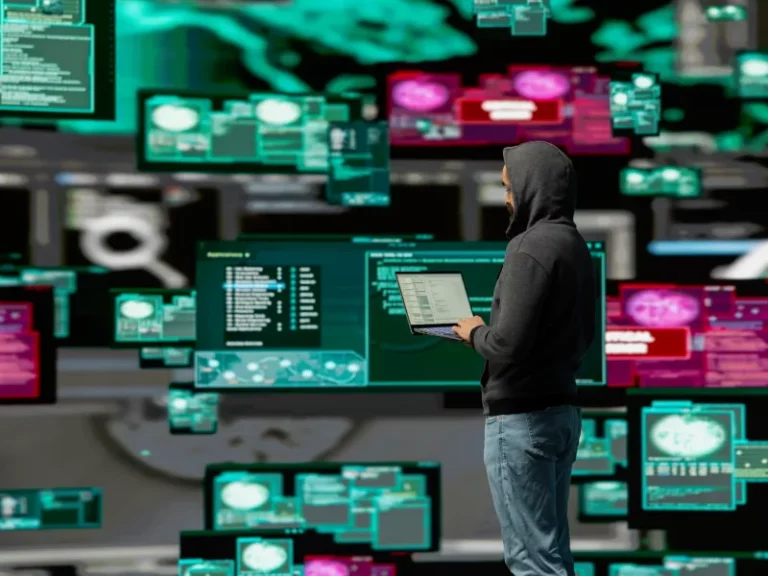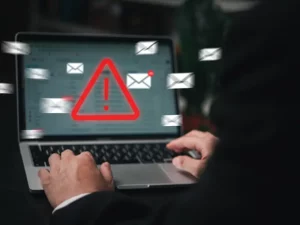For decades, firewalls have served as the backbone of enterprise security, guarding network perimeters, inspecting traffic, and blocking unauthorized access. But as the digital landscape continues to evolve, so do the threats. The harsh truth is that firewalls alone are no longer enough to prevent modern data leaks.
We’re now operating in an environment where sensitive data is distributed across devices, clouds, and endpoints. Employees work remotely, collaborate across unsecured platforms, and share files at the click of a button. Meanwhile, attackers are getting smarter by using social engineering, insider access, and lateral movement to bypass traditional defenses. In this environment, perimeter-only strategies fall short.
So, what happens when a firewall fails to stop a data leak? And what should organizations do to stay ahead of this growing threat?
When Firewalls Miss the Mark
Contrary to popular belief, many data leaks do not stem from hackers breaking through the perimeter. They often originate from within through employee error, misconfigurations, or compromised credentials. These incidents slip past firewalls unnoticed because firewalls are not designed to interpret the content or intent behind data movement. They focus on access and traffic, not the sensitive nature of what is leaving the network.
This makes data-centric incidents particularly dangerous. If an employee accidentally uploads a confidential document to a public drive or forwards it to a personal email, no firewall will stop it. That is where traditional protection ends and where the real risk begins.
Data-Centric Defense Is No Longer Optional
A data-centric approach ensures that even if a file moves beyond the firewall, its protection goes with it, limiting exposure and keeping control of your hands. To truly address the modern data leak landscape, businesses must shift their focus from network borders to the data itself. This requires:
- Understanding where your sensitive data lives
- Classifying and tagging critical assets
- Monitoring access behavior at the user and file level
- Using encryption and automated protection policies
- Enforcing least-privilege access models
Policy, Culture, and Technology Must Work Together
Tools alone won’t solve the problem. Small misalignments between people and policy can undo even the most advanced technology. Organizations need to invest in employee awareness, enforce clear data handling protocols, and integrate security tools that align with daily workflows rather than disrupt them. When security becomes a shared responsibility across roles and departments, data protection becomes stronger, smarter, and more sustainable.
Join Us: Learn How to Stop Data Leaks at the Source
If you’re ready to rethink your approach to data protection, don’t miss our upcoming webinar:
Terrabyte X DataResolve Present an International Webinar “Beyond Firewalls: Stopping Data Leaks at the Source”.
Save the Date: 16 July 2025, Live on Microsoft Teams!
This free session is tailored for IT Managers, CISOs, and Heads of IT across ASEAN who are ready to go beyond the basics and explore next-generation strategies for stopping data leaks before they start. Together with experts from DataResolve, we’ll uncover how insider threats, user behavior, and data misuse can be addressed head-on, and how your organization can get proactive, not just reactive.
🔗 Register now at www.terrabytegroup.com — spaces are limited!
At Terrabyte, in partnership with DataResolve, we’re committed to helping organizations protect what matters most: their data, their reputation, and their future. Contact Terrabyte Today!




